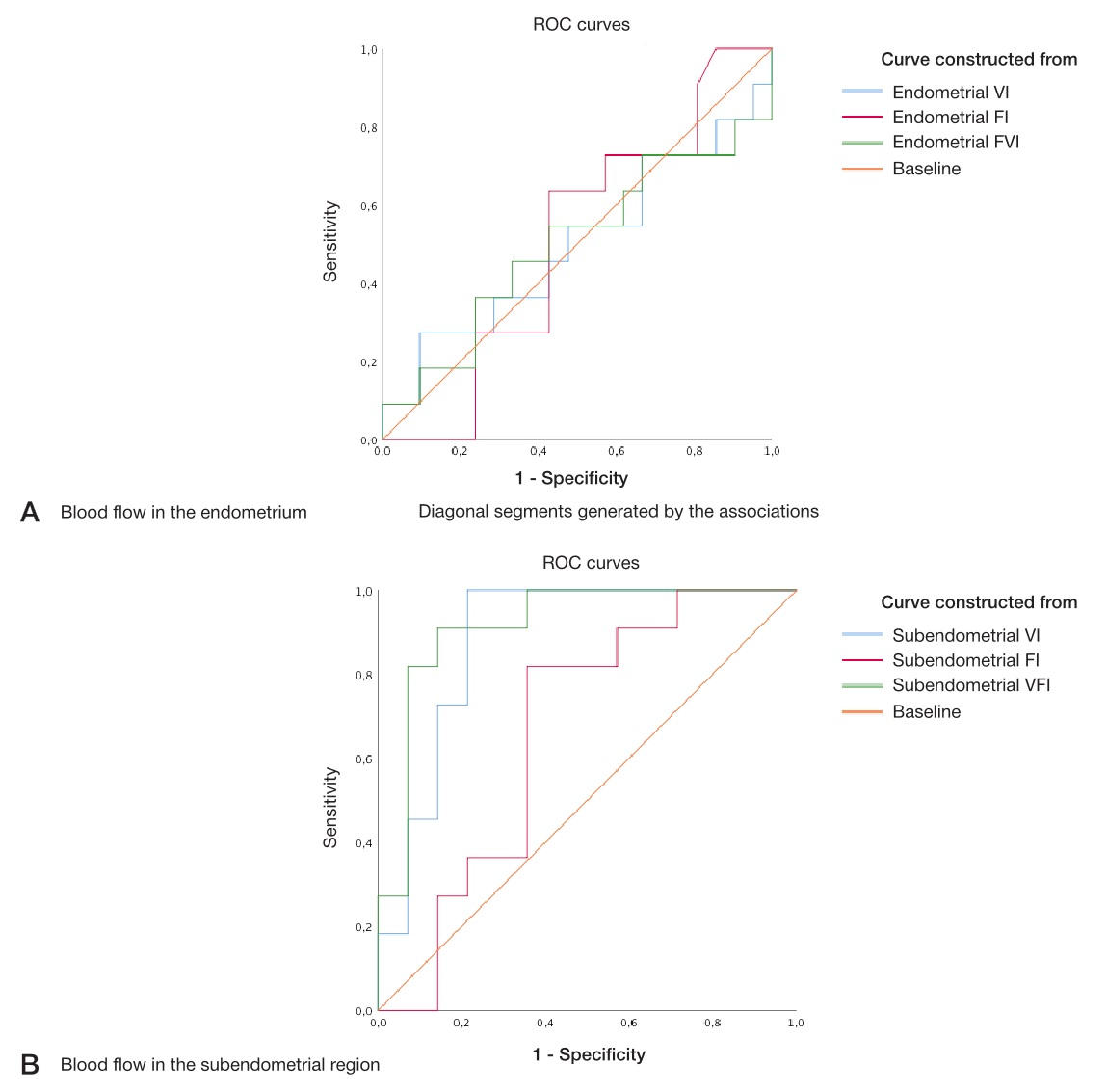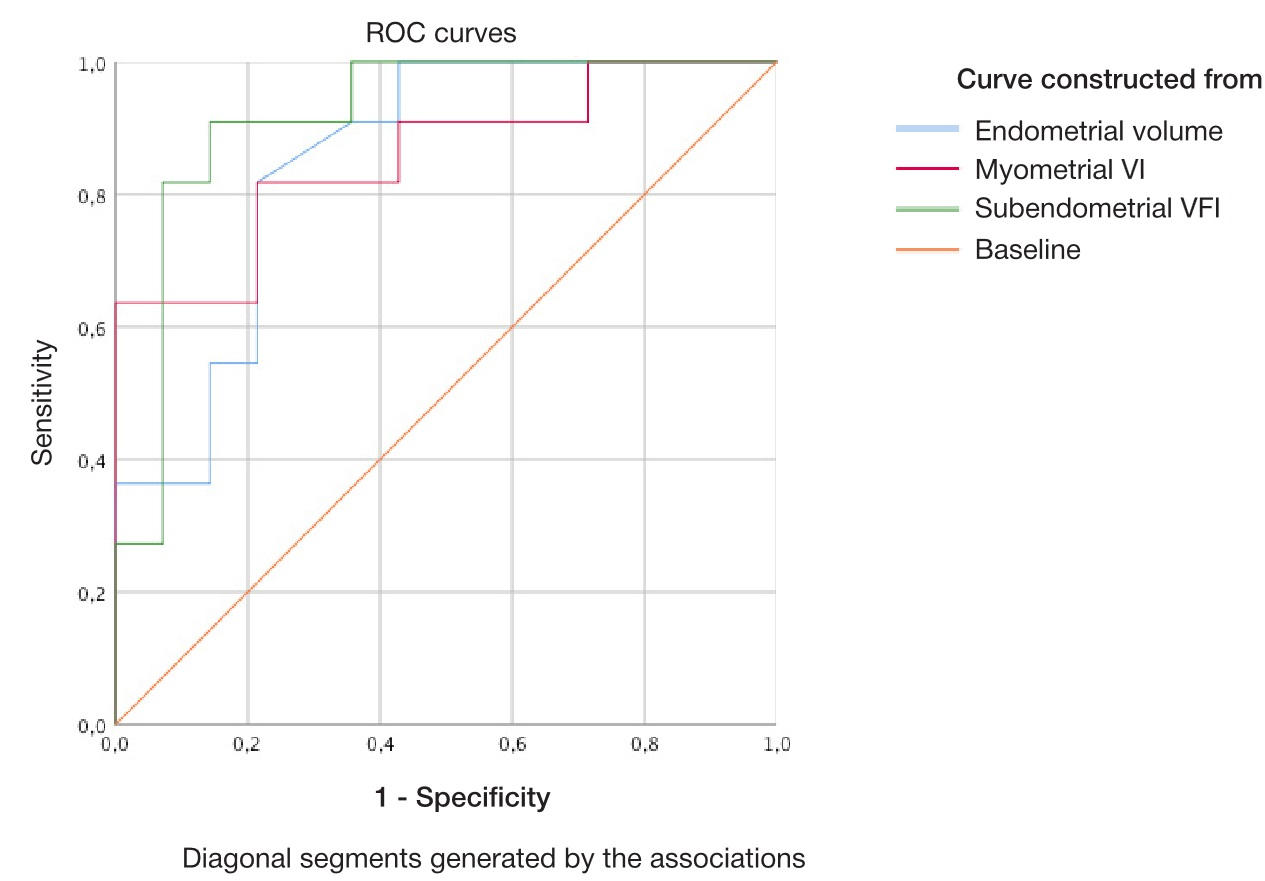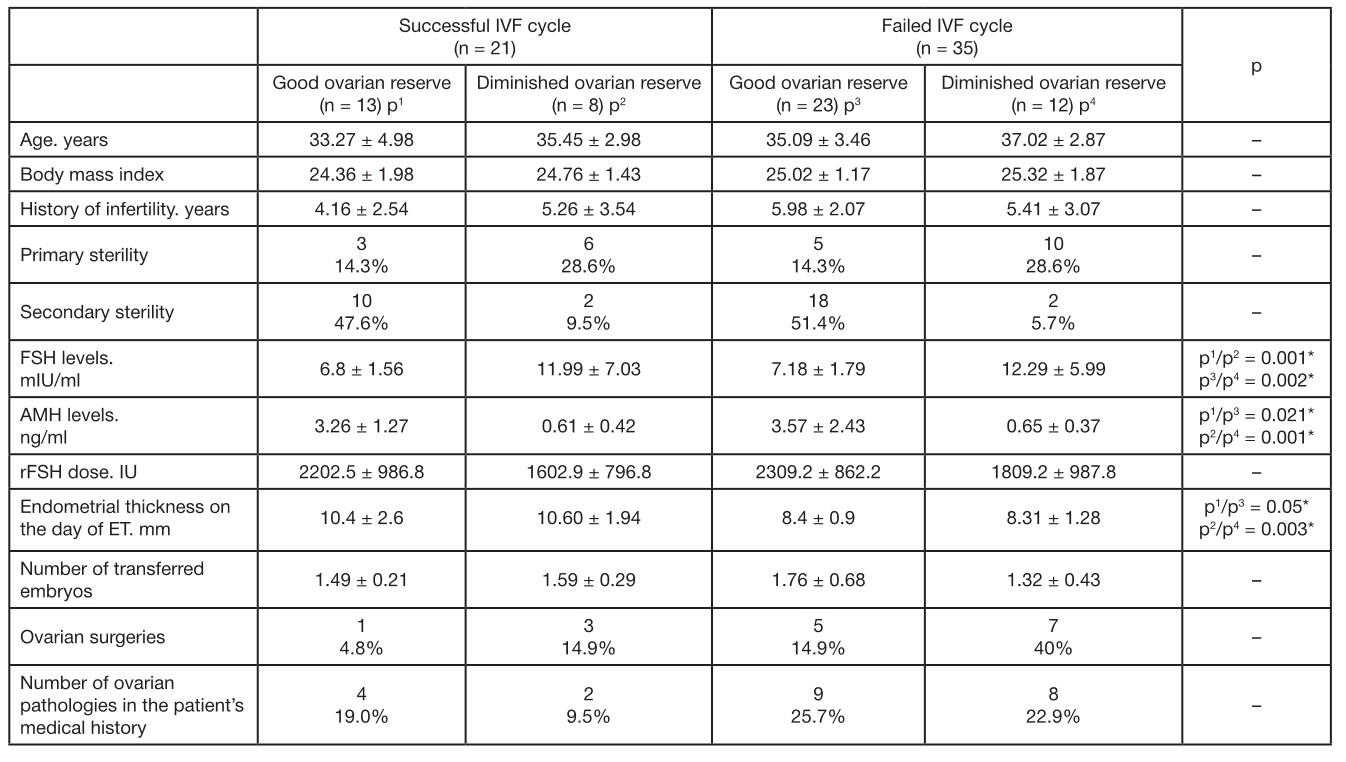
ISSN Print 2500–1094
ISSN Online 2542–1204
BIOMEDICAL JOURNAL OF PIROGOV UNIVERSITY (MOSCOW, RUSSIA)

Department of Obstetrics and Gynecology, Pediatrics Faculty,
Pirogov Russian National Research Medical University, Moscow, Russia
Correspondence should be addressed: Asiyat Rabadanova
ul. Mnevniki 23, k. 254, Moscow, 123423; moc.liamg@aveatabukaysa


